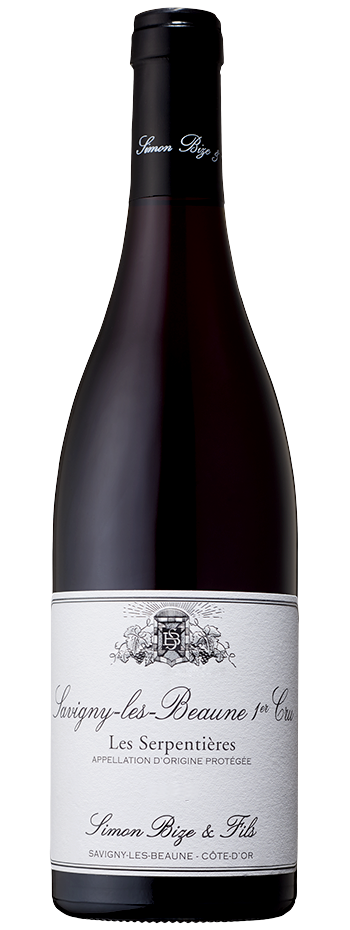
Meet the producer
Located in Côte de Beaune, the Domaine Simon Bize is a renowned winery with a rich history. It has always been family-owned and cultivates some of the region's most prized vineyards of the appellation that showcase the unique characteristics of Savigny-lès-Beaune's terroir.
The story begins in 1880, when Simon Bize, the great-grandfather, started with a few vines. Over the years, each generation played a significant role in shaping the domain.
In 1918, the grandfather, also called Simon-Bize expanded the vineyards by purchasing new parcels and a few years later, his father transformed the domain, laying the foundation for future growth.
In 1950, a significant turning point occurred in the domain's history when Simon Bize, the father, made a decision, revolutionizing the estate's approach. This skilled winemaker chooses to bottle and sell his own wine, driven by a strong conviction in the importance of building direct relationships between the winemaker and their clients.
In 1972, Patrick Bize further developed his father’s goals. He built a cuverie, expanded the barrel cellars, and bought new parcels to offer a new, more extensive range of wines.
After Patrick's sudden passing in 2013, his wife Chisa, sister Marielle, and the entire team continued to pursue excellence, prioritizing sustainable vineyard practices and environmental stewardship.

The Estate’s philosophy
At Domaine Simon Bize, the primary concern is to harvest grapes with a perfect balance between acidity and maturity, which forms the foundation of their work. They strive to produce precise and delicate wines that showcase the unique characteristics of their terroirs.
White Winemaking and Ageing Process
The white winemaking process begins with the immediate pressing of the grapes upon arrival. The juice is then cooled to 12°C in a tank to facilitate sedimentation. After a 12-hour settling period, the juice is racked, separating it from the coarse lees. The fine and clear lees are retained, serving as the foundation for the wine's ageing process.
The must is then transferred to oak barrels, where it undergoes natural fermentation at a temperature of 20-24°C for approximately 4-6 weeks. The resulting white wines, including Bourgogne Blanc, are aged in oak barrels for around 9 months to preserve their freshness and fruitiness.
Red Winemaking and Ageing Process
The red winemaking process starts with a cold soak of the grapes in a tank for 5-7 days, allowing for optimal extraction of color and tannins. The must is then transferred to oak barrels, where it undergoes natural fermentation at a temperature of 20-24°C for approximately 4-6 weeks.
The wines are crafted using whole or partially de-stemmed grapes, depending on the appellation and vintage. The winemaking approach prioritizes finesse and elegance over power and extraction, allowing the terroir to shine through. Natural malolactic fermentation occurs from January to spring.
A combination of new and old barrels is used, with a proportion of new barrels ranging from 15% to 30%, to preserve the delicate aromas of the Pinot Noir.
After a minimum of one year of ageing, the wines are racked and blended in stainless steel tanks, and may undergo a light filtration before bottling. Some cuvées may benefit from an additional 2-4 months of ageing on fine lees.
Finally, all wines are bottled between January and March without fining or filtration, preserving their natural character.
-
The estate is located in Savigny-lès-Beaune, Côte de Beaune, Bourgogne
-
Pinot Noir, Chardonnay
-
The domain currently cultivates around 22 hectares of vineyard.
-
Sustainable practices.
Key information


Cuvées
GENERIC WINES & APPELLATION

Cuvées
PREMIER CRUS

Cuvées
GRAND CRUS




















